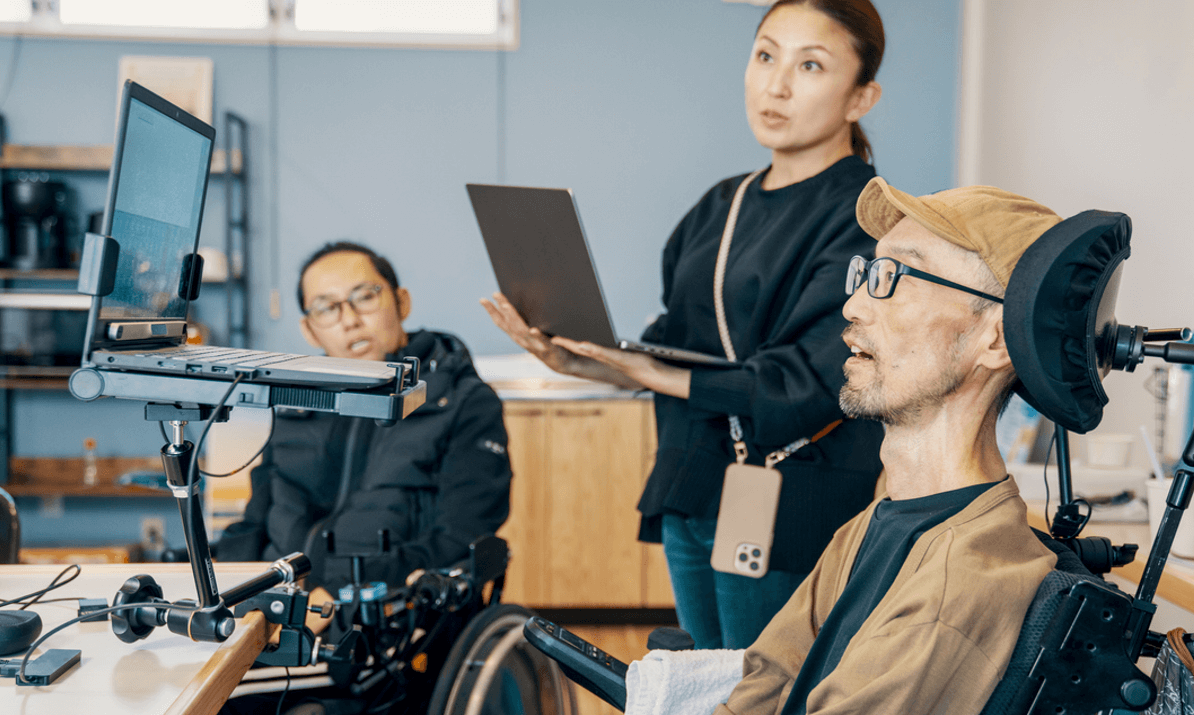Ethnography- the cream of User Research techniques
First, ethnography comes from the Greek “culture study”. It starts with you learning about your user’s culture, so you can reference their culture, not the one you are familiar with most– your culture. Your culture means your company or organization’s culture, including non-profits.
Next, a focus on non-profits illustrates the need for Ethnography. Why mention non-profits when they have strong mission-driven, values-led, and even rights-based cultures? Because, like corporates, non-profits also become tainted with their own organizational biases. For example, disability coordinators complain that when accommodating users with disabilities, the ‘accommodation’ is typically inappropriate and not what that person (or disability) needed. Wait, you are fully embracing inclusion but you provide an ‘accommodation’ that does not work? How is that possible? Because you didn’t ask the community or person how to design a dignified accommodation, that’s relevant to that disability experience. This is a specific case of disability, but points to the need to not assume you understand user needs in product and service design.
Finally, by studying another’s culture, you inadvertently end up reflecting on your own, and that is the beauty of ethnography. It’s like travel; the more you get out of your cultural comfort zones, the more you realize how little you know or how much you need to unlearn.
Ethnography helps you grow as a Designer/ Researcher and helps your organization learn and unlearn in step with users.
Importance of Ethnography in UX
“The technical term for the lack of user research…is guessing”
-Jared Spool (Web Usability expert)
Ethnography or ethnographic interviews give you up-front user research to identify issues and opportunities. Ideally, ethnography changes you, or more exactly your attitudes and beliefs about user behavior. Instead of guessing you get real data, based on observations and you get deep context. The context dimension is also called a user’s ‘Problem space’, as opposed to the ‘Solution space’ which is loaded with unverified assumption. Problem space discovery also leads to better problem framing, or how you think about a user’s problem.
Allowing qualitative data to change your views is critical to practicing Outside-In Design. Here are important outcomes of doing Ethnography in your UX efforts:
Get out of your comfort zones
The expression, ‘anything that makes you uncomfortable, makes you grow’ applies to ethnographic interviews. Organizations are laden with ideas and beliefs about what users like or need, how they will use a product or service. Once you step outside your culture of internal thinking, you get a better idea for not only what is happening in your user’s space, but why and under what conditions it is happening. This gives you real information to weigh priorities for features, screen layouts and so forth.
Getting out of your comfort zone is another way of saying ‘step into your users shoes’.
Tear down your assumptions
Assumptions are the worst kind of decision-making because they rely on auto-pilot biases (imagined or hallucinated user needs). “We know what our users want!” is the sound of an ignorant designer/ manager etc, who thinks the world is shaped with creative powers such as brainstorming, debating internally, and having workshops or design sessions without any structured user data in the form of ethnographic interviews
Assumption is best described by the expression: assume makes an “ass” out of “u” and “me” (ass-u-me).
Learn, observe, gather evidence
When Lean or Agile UX teams, or anyone for that matter is responsible for making decisions about a digital channel, product or service the first thing they should do is drop assumptions and comfort (familiarity) at the door. Even sensible SME’s (subject matter experts) will be happy to have their thoughts verified. Learning requires an empty mind free of the politics of opinions. Ethnography avoids opinions which market research techniques like focus groups and surveys elicit, because after all opinions are what they are trying to influence. Instead, learning comes from observation and seeing actual examples of the context, error, issue, situation or trigger of a task, behavior, workflow or need.
Humans are imitators by evolutionary design. We need to experience behavior if we are to model, support and shape it on screens or in service spaces.
Make informed decisions
Decisions that lack data are weak. If that data is only quantitative they are biased against context. Only qualitative research methods like Ethnography inject context intelligence back into decision-making making it balanced, informed and centered on letting data or evidence influence. Using evidence to make product or service decisions is also the smartest thing you can do because you are letting go of your biases eg. need to be right; or your eg. fitting facts to match your beliefs (confirmation bias).
Challenging (and then muting) your biases means taking a bias-informed approach. It’s key to Inclusive Design. It’s also key to doing any and all quality UX work in 2023 and beyond.
Learn how to conduct ethnographic interviews in this upcoming workshop:
Topics we will cover:
- What is the right sample size for Ethnography?
- How does Ethnography compare to other methods?
- Being a better interviewer: being bias-informed
- Online interviewing pitfalls and how to correct them
- What role do Ethnographic interviews play in product or service research?
- Doing it wrong: how to avoid these classic mistakes
- Getting quality data from 15-minute, 30-minute, 60-minute, 90-minute or longer interviews








